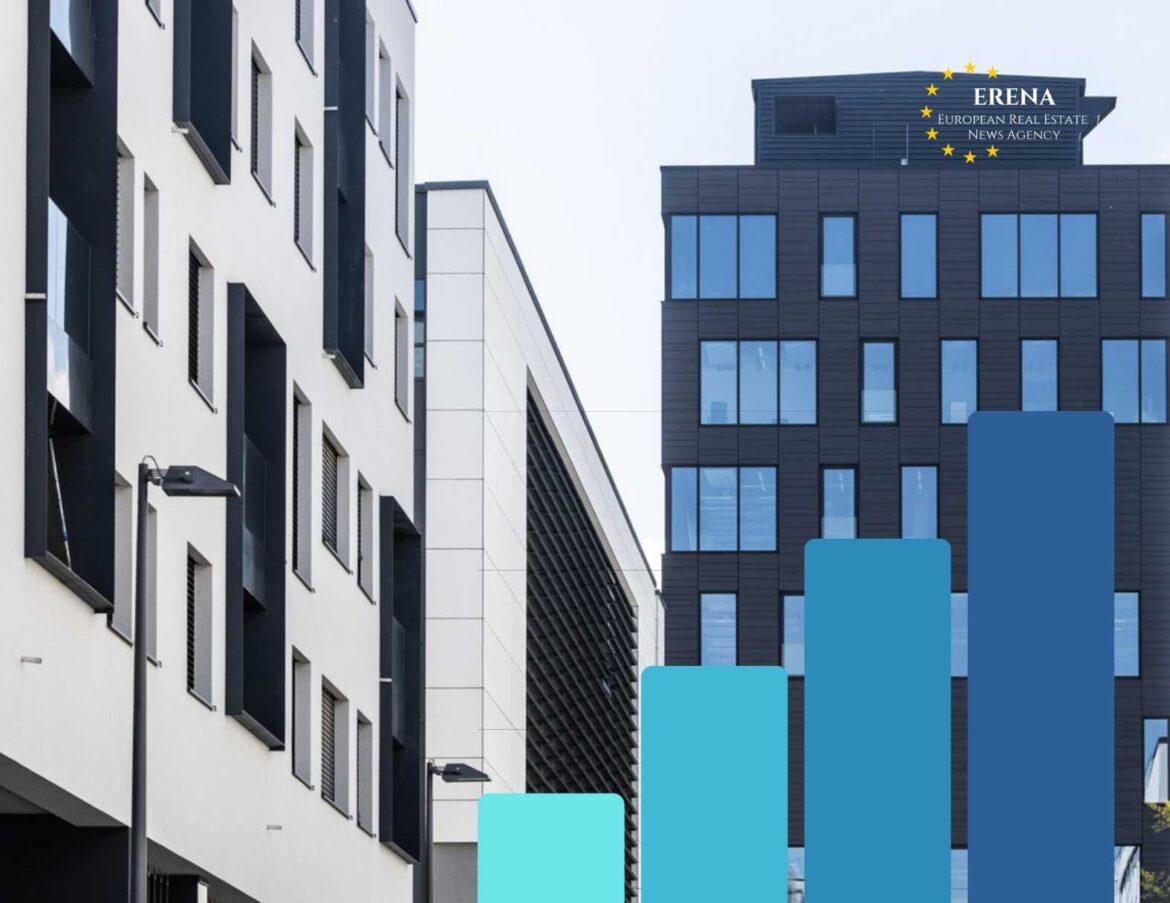In the first quarter of 2025, the European commercial real estate market is showing clear signs of revival, particularly in the office, logistics, and retail sectors. According to JLL’s latest analysis, these three segments are driving a surge in investment activity, reflecting renewed confidence among institutional and private investors after several years of uncertainty due to inflationary pressure, rising interest rates, and macroeconomic challenges.
Office Real Estate: Signs of Stabilization
After several turbulent years during and after the pandemic, the European office sector is witnessing a return of investor interest. Office transactions accounted for approximately 24% of total commercial real estate deals in Q1 2025, marking a notable recovery compared to the same period in previous years.
Core urban markets such as Paris, Berlin, Amsterdam, and Munich are seeing increased activity. The demand is particularly focused on high-quality, ESG-compliant buildings with modern layouts and technological infrastructure. As hybrid work continues to evolve, companies are investing in flexible, attractive office spaces to encourage in-person collaboration and boost productivity.
Key factors behind the rebound include:
- Resurgence of business activity in metropolitan areas
- Increased demand for sustainable and certified office buildings (e.g., BREEAM, LEED)
- Rising lease rates for premium and centrally located assets
Logistics: Resilience Amid Demand for E-commerce Infrastructure
Logistics continues to be one of the most robust asset classes in European real estate. After a brief market adjustment in 2023, the sector entered a new growth phase in late 2024 and early 2025. Transactions are especially active in countries such as Germany, the Netherlands, Belgium, Poland, and Spain.
The driving forces behind logistics growth include:
- Continuous expansion of e-commerce and last-mile delivery infrastructure
- Strong demand for new-generation logistics hubs
- Upgrades to aging warehouse stock to meet modern operational requirements
- Rising import/export volumes in major logistics corridors
Adaptive logistics facilities—those with flexible layouts to accommodate different tenant needs—are seeing particularly high demand.
Retail: Physical Stores Regaining Ground
Once considered vulnerable, the retail sector is making a solid comeback in 2025. Both traditional retailers and digital-native brands are expanding their physical presence across European cities. The opening of brick-and-mortar stores by formerly online-only brands is part of a broader strategy to enhance customer experience and brand visibility.
Notable trends in retail real estate include:
- Increased demand for dining, entertainment, and experiential retail space
- Rising lease activity in prime high-street locations in capital cities
- Transformation of aging shopping malls into mixed-use lifestyle centers
- Expansion of fast fashion and sustainable fashion retailers
Investors are rebalancing their portfolios to include strategically located retail assets, especially in densely populated or tourist-heavy areas.
Geographic Investment Patterns
Investment activity is not evenly distributed across Europe. The strongest momentum is seen in:
- Western Europe: France, Germany, and the Netherlands lead in terms of transaction volumes and new developments.
- Central and Eastern Europe: Poland, the Czech Republic, and Romania are seeing increased interest in logistics and retail centers.
- Scandinavia: Focus remains on sustainable office developments and energy-efficient logistics assets.
Investor Behavior and Deal Structures
In a still-uncertain macroeconomic environment, investors are prioritizing stable income-generating assets in liquid markets with strong fundamentals. New deal structures are emerging, including:
- Public-private partnerships for mixed-use development
- Long-term management agreements with operators
- Strategic repositioning of existing portfolios rather than speculative development
Cross-border capital is flowing steadily, with strong participation from U.S., Middle Eastern, and Asian investment funds.
Outlook for 2025
While a cautious approach prevails, JLL expects continued momentum across all three key sectors. Forecasts for the second half of 2025 include:
- Rising appetite for premium, sustainable office buildings
- New logistics developments, particularly in southern Europe
- Increased investment in hybrid retail formats blending online and offline experiences
- A potential uptick in transaction volume if the ECB lowers interest rates
Sustainability, ESG compliance, and digital transformation remain at the heart of real estate investment strategies throughout the continent.
Conclusion
The European commercial real estate market is regaining strength in early 2025, with offices, logistics, and retail leading the charge. Investor sentiment is improving, and capital is flowing into high-quality, future-proof assets. While challenges remain, particularly in financing and regulation, the market is adapting—with resilience and innovation paving the way for a new cycle of growth and opportunity.

